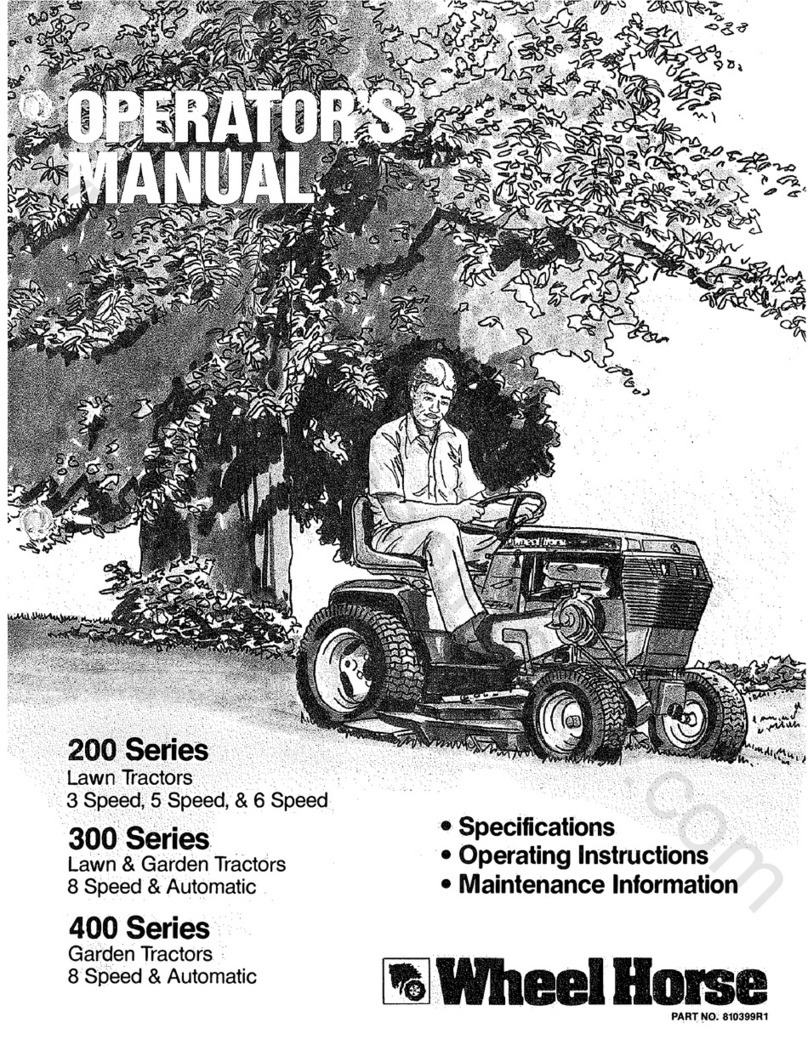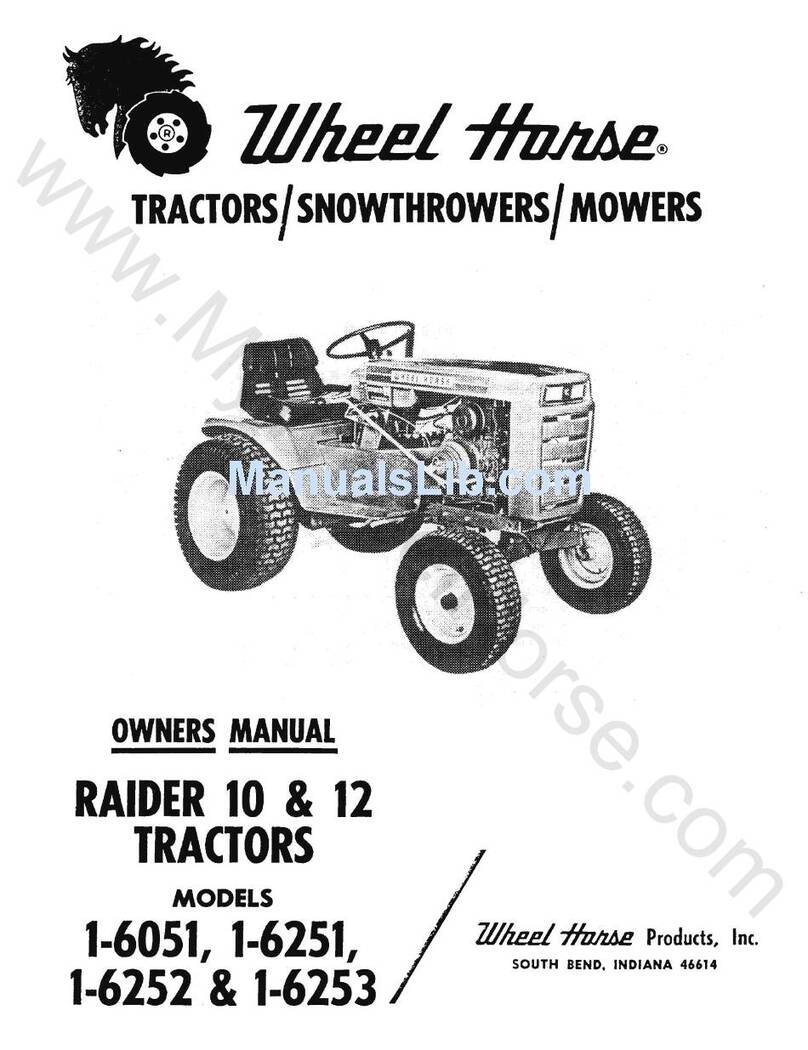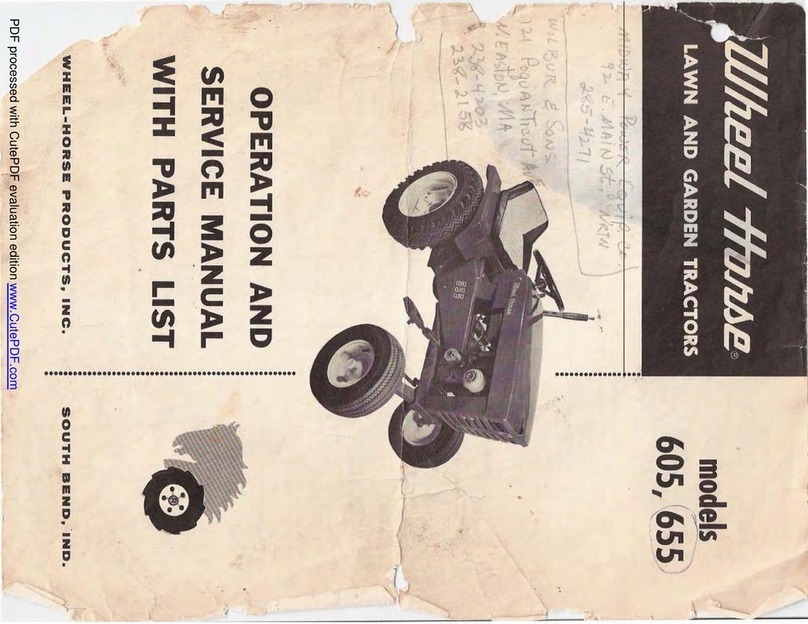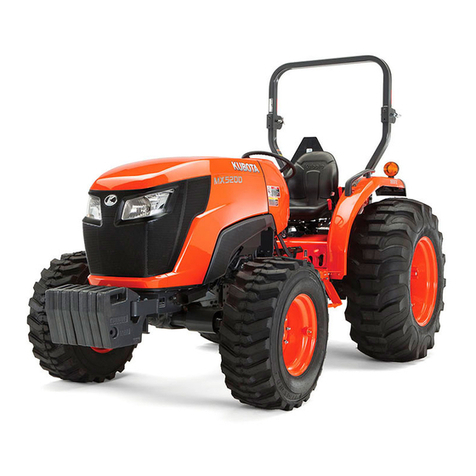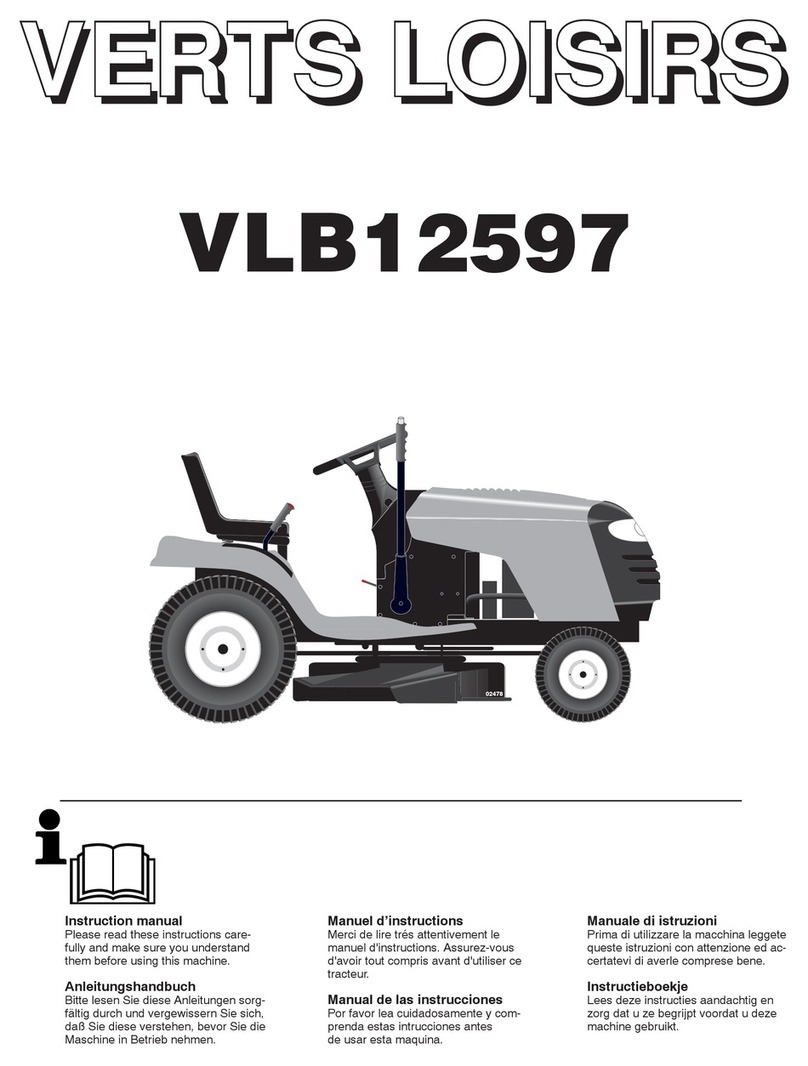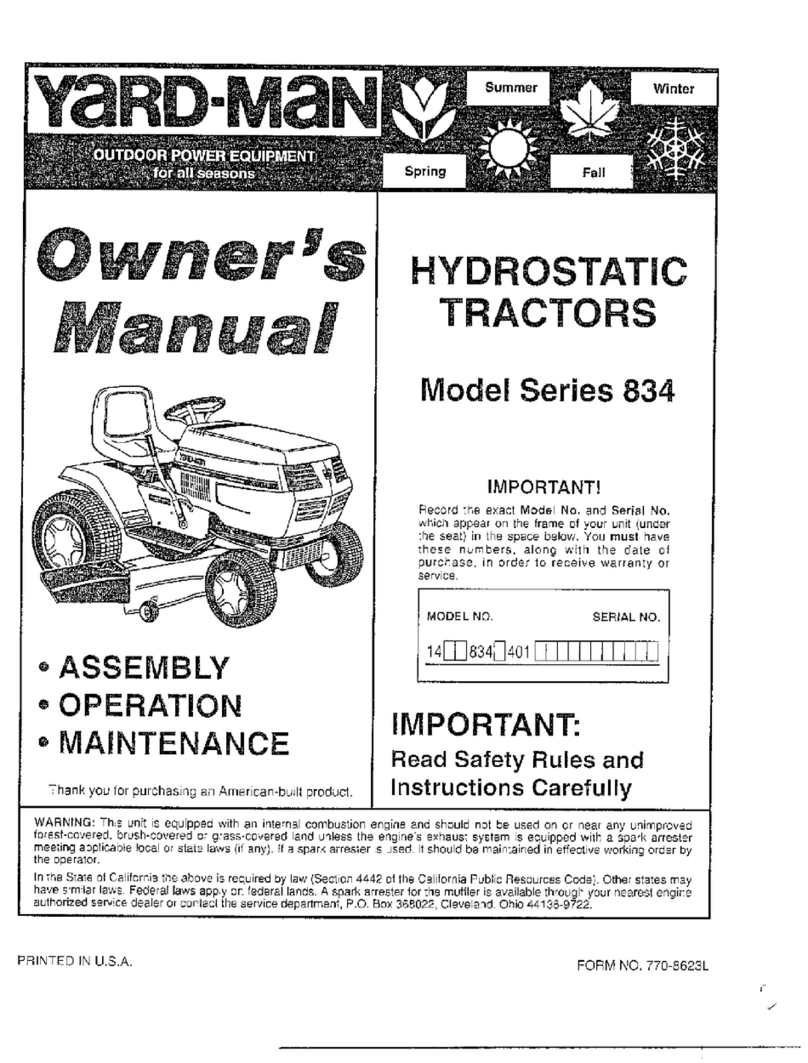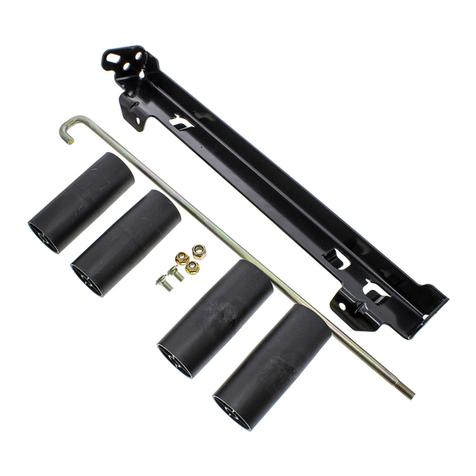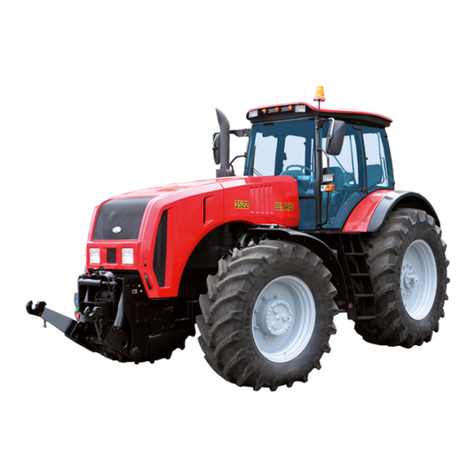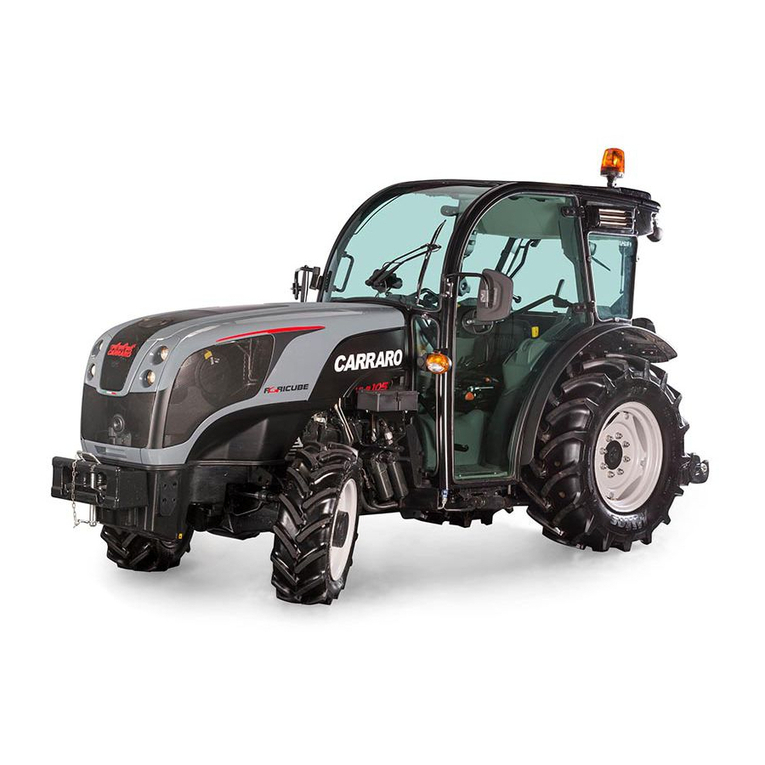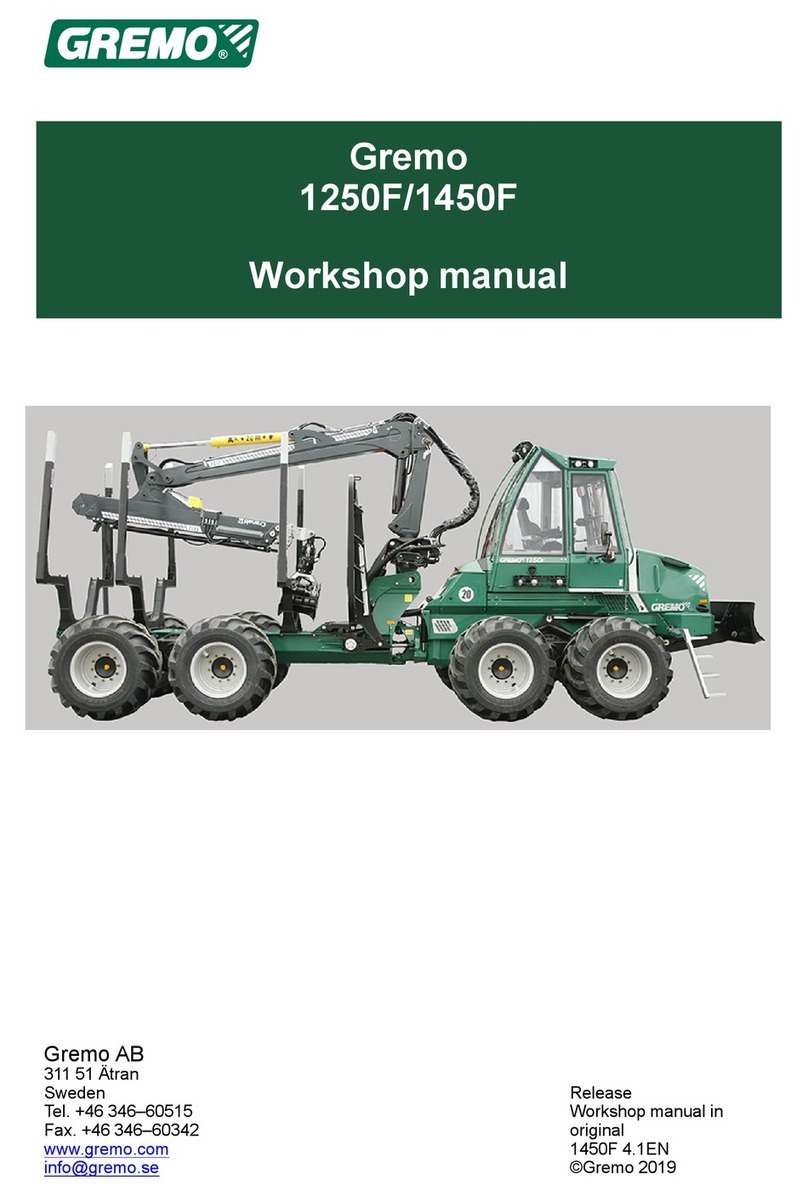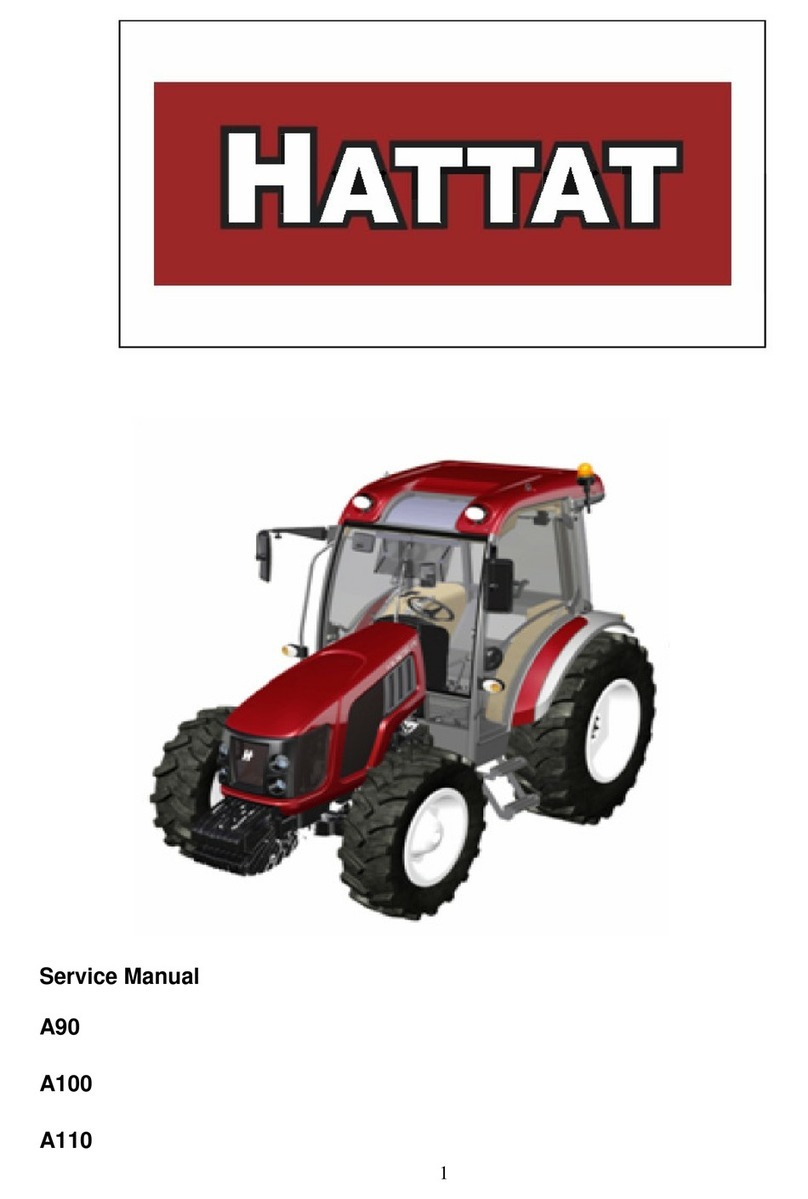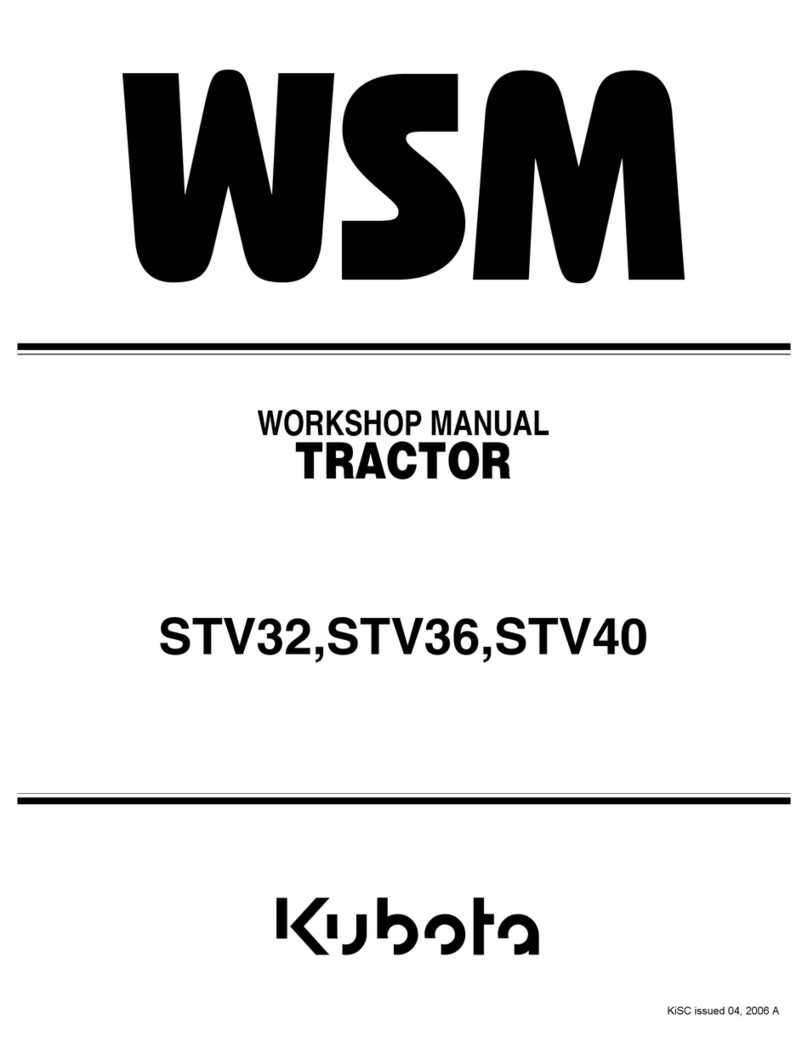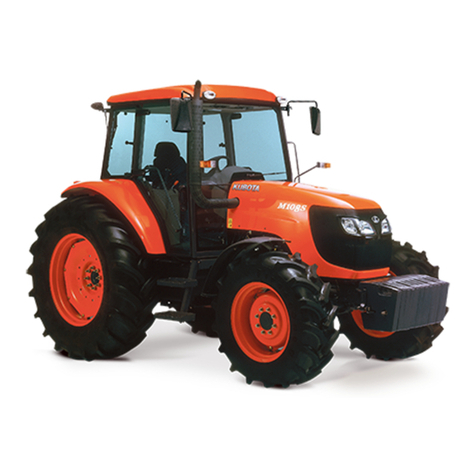
•
VEHICLE
IDENTIFICATION
NUMBER
(VIN) LOCATIONS
Vehicle
identification
numbers
are
used
to
identify
your
new
tractor
o',
'
,d
major
attachments.
These
numbers
should
always
be
referred
to
when
consulting
your
dealer
or
the
factory
concerning
service,
parts,
or
other
information
you
may
require.
If
these
plates
ore
removed
dvring
repair
operations
,
they
shou
ld
always
be
rep
l
aced.
The
tractor
vehicle
identification
number
plate
is
located
just
below
the
dash
ponel.
Engine
identification
number
plates
ore
located
on
the
engine
shrouding
and
indicate
the
model,
specification
or
type
number
and
the
seriol
number
of
your
troctor's
engi!1e.
Major
attachments
olso
have
a
vehic
le
identification
number
plate
attached
to
them
.
For
your
convenience
and
ready
reference,
enter
the
tractor
and
engine
numbers
below.
B & C
Series
VIN
Plate
location
Tractor
Identification
Number
D-Series
VIN
Plate
location
Engine
Identification
Number
Model
_
Type
or
Spec
No.
Serial
No.
__
-
------------
OWNER REGISTRATION AND IDENTIFICATION
CARD
Service
and
wa
r
ranty
assurance
is
as
important
to
Wheel
Horse
as
it
is to
you
,
the
owner.
TO ASSURE
warranty
service
at
on
Authorized
Wheel
Horse
Dealer,
Wheel
Horse
provides
an
"OWNER IDEN-
TIFICATION CARD"
for
each
new
tractor,
or
mOlor
attachment
,
registered
with
the
factory.
To
receive
your
"OWNER I
DENTIF
ICATION CARD"
either
you
or
your
dea
l
er
must
fill
in
the
required
information
on
the
"NEW OWNER FACTORY
REG
-
ISTRATION CARD"
and
mail
immediately.
Your
"OWNER IDENTIFICATION CARD" will
be
returned
by
mail.
I~WHEEL
HORSE
I
lawn
&
garden
tractors
OWNER IDENTIFICATION CARD
PRODUCT 10
NUMB
ER
SELLI
NG
D
EA
LER
WAR~
A
"-I
TV
EXPIRES
Present
th
iS c
ard
to
an
a
ulh
C"
1
<'-
::
)ea
.
E"
10 Or:t8
111
warranty
serv
ice
PARTS MANUAL
A
separate
ports
manual
is
available
for
your
Wh
eel Horse
equ
i
pment.
To
obtain
a
ports
manual,
see
the
ordering
information
found
at
the
end
of
this
pub
l
ication.
BE
SURE
TO INCLUDE
THE
VEHICLE IDENTIFICATION NUMBER
OF
THE
EQU
IPMENT.
- 2 -
,
